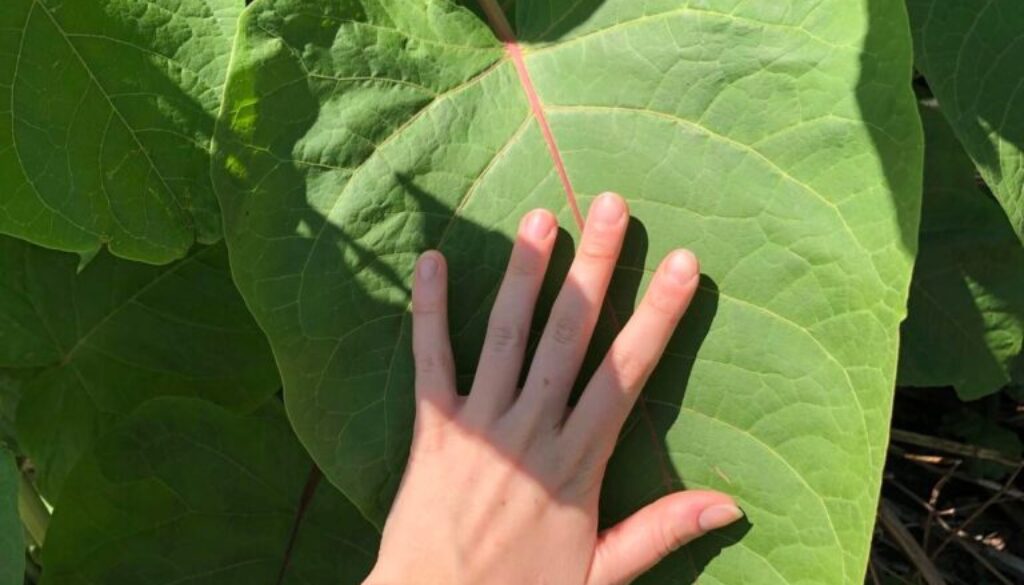Giant Knotweed: A History of the World’s Worst Plant
Written by Maria Goncharova, edited by Hannah Munnalall
Giant knotweed, similar to Japanese knotweed, was initially found in countries like Korea and Japan. It was first discovered in 1853 on the west coast of Sakhalin by Dr. H Weyrich, a surgeon aboard the Russian vessel Vostok during his expedition to eastern Asia. Later in 1855, Weyrich brought this intriguing plant to the St. Petersburg Botanic Gardens in Russia1.
Interestingly, during the same year, a French doctor, M. Barthe, also brought a sample of giant knotweed from Japan to Paris2. By 1869, Edouard Andre brought knotweed to the Garden of Acclimatisation in the capital of Russia, Moscow.
A year later, the plant was introduced to England and was sold there by William Bull2. However, its invasion did not stop there. By 1893, giant knotweed appeared in North America3.
Before any detrimental impacts were noticed, giant knotweed was sold and spread globally as a useful plant. Giant knotweed first began to appear in the market in 1869.
However, while its sister plant, Japanese knotweed, was advertised as an ornamental plant, giant knotweed was promoted as a good food source for cattle, a riverbank stabilizer, and a plant with anti-fungal and pharmaceutical properties1.
Due to these advertisements, giant knotweed was commonly planted in rural areas, especially near cattle farms1. Giant knotweed soared in popularity in 1893 when Doumet-Adanson claimed that this plant was a “great agricultural discovery”2.
The rising popularity of this exotic plant brought good business to nurseries. For example, in 1907, 100 pounds of giant knotweed in the Yokohama Nursery Company was bought for around $1001.
Eighty years after giant knotweed’s first discovery, in the 1930s, people started noticing its rapid and spontaneous spread near riverbanks2. Worse than this, the introduction of giant knotweed into nurseries and gardens that already contained Japanese knotweed caused the birth of Bohemian knotweed, a hybrid that presents as the most aggressive and widespread of the knotweed species.
References
1Bailey JP, Conolly AP (2000) Prize-winners to pariahs: a history of Japanese knotweed s.l. (Polygonaceae) in the British Isles. Watsonia 23: 93–110.
2Thiébaut M, Nicolas S, Piola F (2020). “The fad for Polygonum will fade away!”: Historic aspects of the propagation and success in France of the Reynoutria complex based on archives. Botany Letters, 1-14.
3Tredici PD (2017) The introduction of Japanese knotweed, Reynoutria japonica, into North America. The Journal of the Torrey Botanical Society, 144(4), 406–416.




